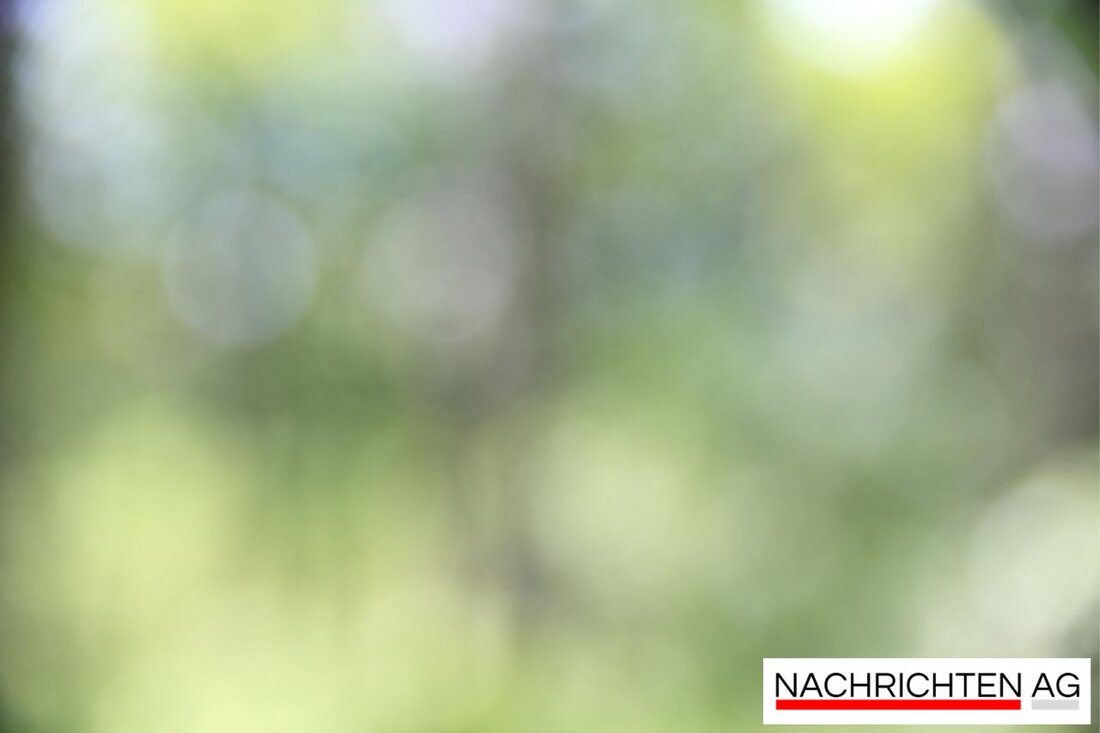Greifswald celebrates the maritime cultural treasure with beach carpets!
Find out how the “Hille Tieden” initiative in Greifswald preserves and promotes the tradition of fishing carpets from Western Pomerania.

Greifswald celebrates the maritime cultural treasure with beach carpets!
The old tradition of weaving fisherman's carpets is experiencing an exciting revival in Western Pomerania. Gertrud Fahr and Sebastian Schmidt from the “Hille Tieden” initiative gave the starting signal in the Greifswald Museum Harbor six years ago to keep this art form alive. Around 1,000 beach rugs are produced every year, which are made from organic cotton using a screen printing process and whose geometric patterns are very popular with buyers. “We use the profits from the sale for charitable purposes,” explains Schmidt. “This means we can support creative workshops and environmental education projects.”
From 1928, Fischer originally designed and linked these hand -knotted carpets made of sheep wool. The first designs come from Rudolf Stundl and his wife Frieda Stundl-Pietschmann. The carpets from the fishing village of Freest and its surroundings, such as the villages of Lubmin, Spandowerhagen and Kröslin, were marketed as "freestern fishing carpets" during the GDR era. Today these carpets are more than just one product - they are part of the intangible cultural heritage. Since March 2023, the Pomeranian fishing carpets have been officially recognized by the German UNESCO Commission, such as the website fischer carpets-aus-vorpommern.de reported.
Keep a piece of cultural heritage
With their initiative, Fahr and Schmidt are committed to preserving the knowledge and skills of the currently few active weavers. This tradition must not be forgotten. The focus is not only on knotting, but also on remembering the maritime motifs that give the carpets their unique charm. It is important to promote community and craftsmanship and thus strengthen a certain connection to the region and history.
The demand for these special rugs shows that people value their roots. “In recent years we have received more and more inquiries from different regions of Germany and even from abroad,” says Fahr. “This means that the tradition is not only present here in Western Pomerania, but is appreciated everywhere.” The initiative would like to continue to use this attention to offer workshops and events that keep the craft alive.
In villages and towns such as Greifswald, Wolgast, Lassan and Usedom there are still exciting insights into the art of weaving. “This is not just about the products themselves, but also about the stories that are associated with each individual carpet,” summarizes Schmidt. The sustainability of this tradition is a major concern of the initiative, and the response from the region and beyond shows that there is a good knack for securing a new place for fisherman's carpets in people's cultural memory.

 Suche
Suche